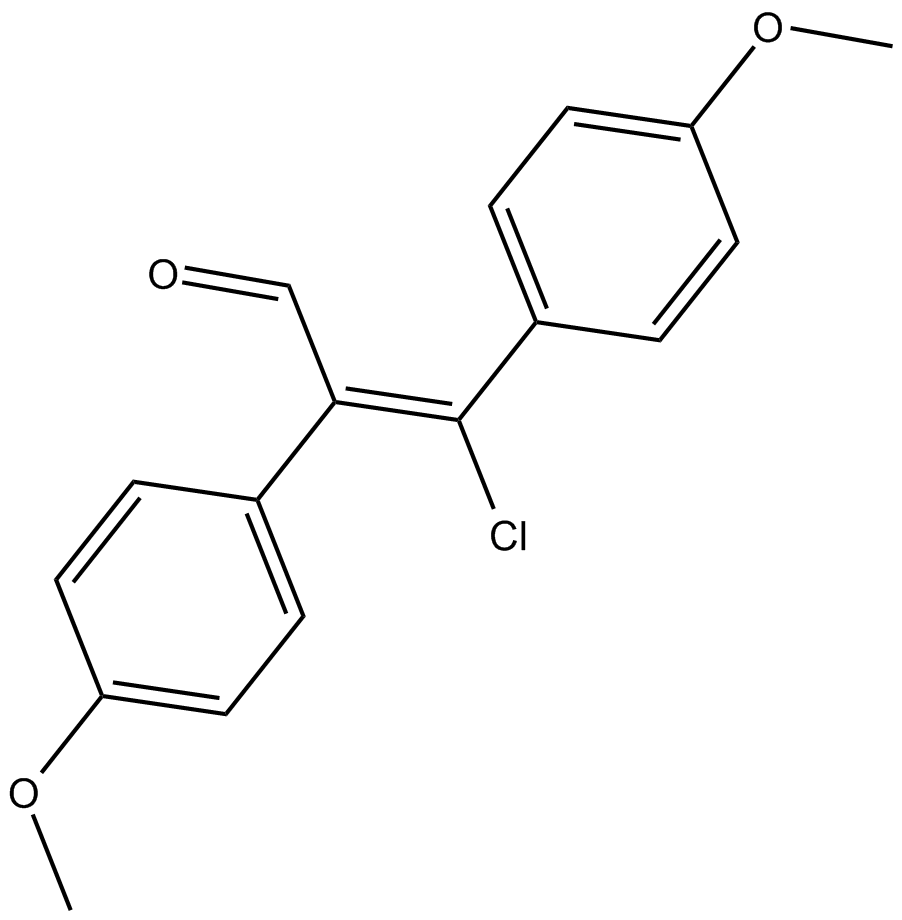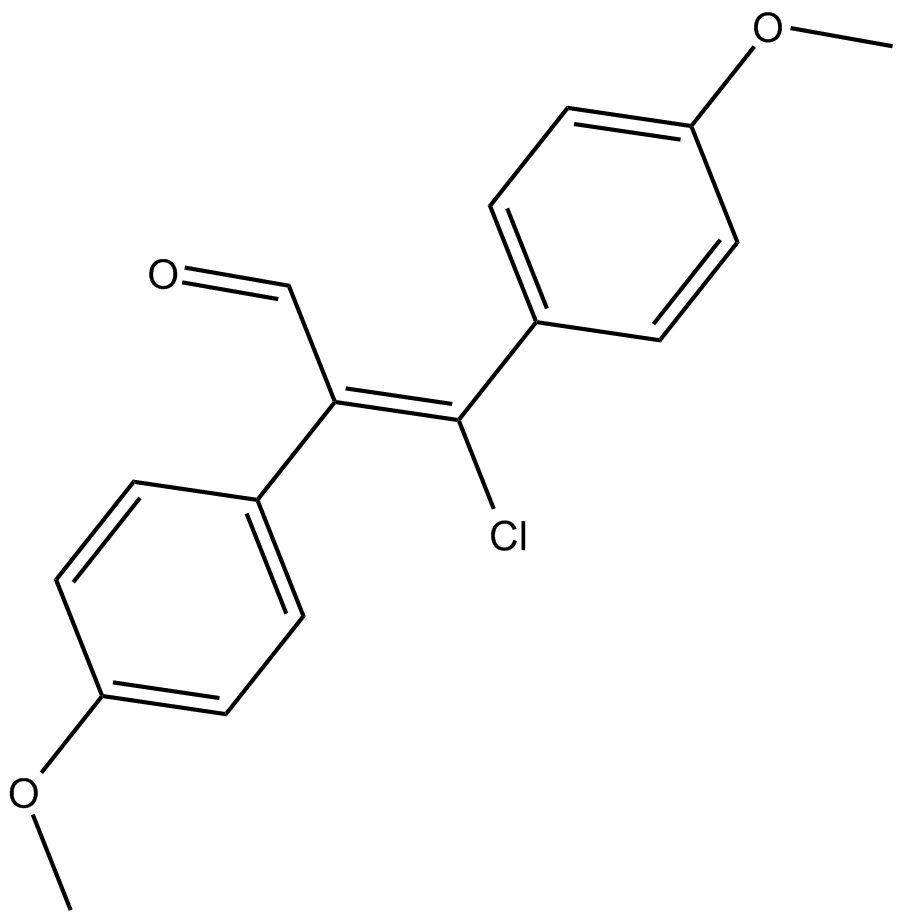Windorphen
Windorphen is a Wnt inhibitor that selectively abrogates the Wnt signaling for ventral development.
Wnt protein is a family of signaling proteins that interacts on the Wnt/β-Catenin pathways during embryotic development, cell proliferation, migration and adult tissue homeostasis.
In canonical Wnt/β-catenin reporter cell line STF293, Windorphen dose-dependently inhibits Wnt3a-inducible TOPFLASH-luciferase activity (IC50 of 1.5 mM). In human colon adenocarcinoma
SW480 cells with defective APC gene that constitutively activates Wnt signaling, 72 h treatment of Windorphen causes a wide spread apoptosis. [1]
In zebrafish embryos, Windorphen leads to apparent expansion of the dorsal markers (pax2.1) and marker of rhombomeres 3 and 5 at the six-somite stage (krox0). Windorphen selectively inhibits Wnt signaling in ventral and lateral regions of the 50% epiboly stage embryo (5.3 hpf). In addition, Windoprhen treatment rescues the telencephalon/eye phenotype in the mbl mutant zebrafish (i.e. a defective Axin1/β-catenin destruction complex causes abnormal activation of Wnt signaling and the loss of telencephalon and eyes.) [1]
Reference:
1. Hao J, Ao A, Zhou L et al. Selective small molecule targeting β-catenin function discovered by in
vivo chemical genetic screen. Cell Rep. 2013 Sep 12;4(5):898-904.
| Physical Appearance | A solid |
| Storage | Store at -20°C |
| M.Wt | 302.75 |
| Cas No. | 19881-70-0 |
| Formula | C17H15ClO3 |
| Solubility | insoluble in EtOH; insoluble in H2O; ≥11.45 mg/mL in DMSO |
| Chemical Name | (E)-3-chloro-2,3-bis(4-methoxyphenyl)acrylaldehyde |
| SDF | Download SDF |
| Canonical SMILES | COc(cc1)ccc1/C(\C=O)=C(/c(cc1)ccc1OC)\Cl |
| Shipping Condition | Small Molecules with Blue Ice, Modified Nucleotides with Dry Ice. |
| General tips | We do not recommend long-term storage for the solution, please use it up soon. |
Quality Control & MSDS
- View current batch:
Chemical structure









